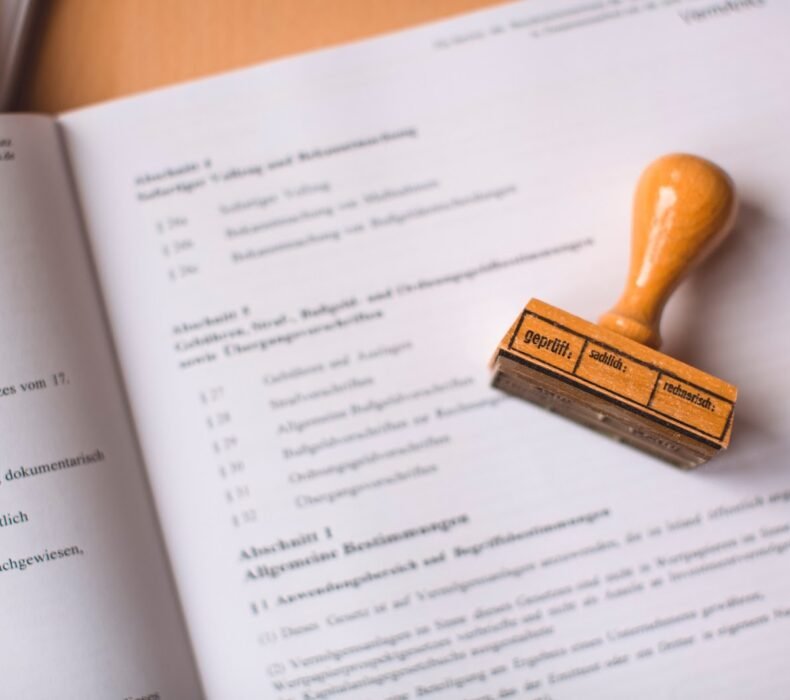The conveyancing process is a vital component of real estate transactions, serving as the legal framework for transferring property ownership from one party to another. Whether you are selling or buying property, understanding the intricacies of conveyancing is crucial for a smooth and legally sound transaction.
This process ensures the legitimacy of property transactions and safeguards the rights of both parties involved. It encompasses various steps, each playing a pivotal role in establishing clear property ownership and protecting the interests of buyers and sellers alike.
1. Preliminary checks and documentation
Before delving into the conveyancing process, a series of preliminary checks and documentation must be undertaken. This involves obtaining the property’s title deeds, confirming the absence of outstanding mortgages, and scrutinizing any restrictions or covenants associated with the property.
Sellers, in particular, must provide comprehensive information about the property, including its boundaries, utilities, and recent renovations. Buyers, on the other hand, must meticulously review these documents to ensure transparency and mitigate potential issues in the future. These initial steps lay the foundation for a transparent and well-informed property transaction.
2. Drafting and reviewing the contract
Once these checks are complete, the next crucial step is drafting and reviewing the contract for the sale of the property. Negotiations between the buyer and seller involve agreeing on terms such as the sale price, deposit amount, and completion date. For example, it would be wise to hire experts for conveyancing in Tamworth, Australia, if you are unfamiliar with local regulations or don’t live in the area.
The contract must be carefully drafted to avoid ambiguity, and legal professionals play a crucial role in reviewing and amending the document to protect the interests of both parties. Specifying details like which fixtures and fittings are included in the sale can prevent misunderstandings and disputes later on. This step sets the stage for a clear understanding of the terms of the transaction.
3. Property searches
Conducting thorough property searches is an essential part of the conveyancing process. These searches reveal critical information that could impact the property or the transaction, such as local authority planning decisions, environmental concerns, or potential road developments. For example, discovering that the property is in a flood-prone area prompts further investigations or negotiations.
This step ensures that both buyers and sellers are well-informed about the property’s status, minimizing the risk of unforeseen complications down the line. Property searches are a proactive measure that contributes to the overall transparency and legality of the transaction.
4. Preliminary enquiries and additional information
Following property searches, both parties have the opportunity to raise queries or concerns about the property. Sellers respond to these inquiries, providing additional information or clarifications as needed. This process helps eliminate uncertainties and ensures that both parties have a comprehensive understanding of the property’s condition and history.
For instance, a buyer might inquire about recent renovations, and the seller could provide documentation showcasing the quality of the work performed. The exchange of information during this step is crucial for building trust and transparency between the parties, setting the stage for a smoother transaction process.
5. Exchange of contracts
Upon satisfactory resolution of all queries and agreement on terms, the exchange of contracts takes place. This involves the buyer paying a deposit, typically 5-10% of the property’s sale price. Both parties become legally bound to complete the transaction, and if either party backs out without a valid reason, they may forfeit the deposit.
The exchange of contracts marks a significant commitment in the conveyancing process, setting the stage for the final steps leading to property ownership. This step is a formal declaration of intent from both parties and marks a critical juncture in the conveyancing process.
6. Pre-completion checks and finances
Before the completion date, the conveyancer ensures that all outstanding issues are addressed. This includes verifying that the buyer has secured the necessary funds and that the seller has cleared any outstanding mortgages or other obligations. This meticulous check aims to prevent last-minute complications and ensures a smooth transition of ownership.
For example, if the buyer is relying on a mortgage, the conveyancer ensures that the funds are ready for transfer on the completion date. This step acts as a final checkpoint to guarantee that all financial and legal aspects are in order before the conclusive step of property ownership transfer.
7. Completion and post-completion
The completion day is the pinnacle of the conveyancing process, where the buyer pays the remaining balance, and the seller transfers ownership. The conveyancer registers the change of ownership with the relevant authorities and ensures that the buyer receives the keys to the property.
Post-completion, the conveyancer addresses any remaining tasks, such as settling outstanding payments and updating records. Ensuring utility companies are notified of the change in ownership is a crucial post-completion task. This step concludes the conveyancing process, confirming the successful transfer of property ownership and tying up any loose ends for a seamless transition.
Finally
The conveyancing process is a comprehensive and meticulous series of legal steps essential for property transactions. From preliminary checks to completion, each step serves a critical role in ensuring transparency and legality, protecting the interests of both buyers and sellers. Navigating the conveyancing process with knowledge and understanding allows individuals to begin real estate transactions confidently, knowing that their investments are secure and their rights are respected.
Fore More Information:
Here at SmallBusinessTheBest, we provide you with free resources and all the help you need to successfully start and run your business. The sky is the limit and we’re here to help you achieve it!
- Tags:
- Conveyancing



